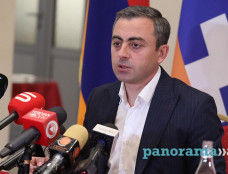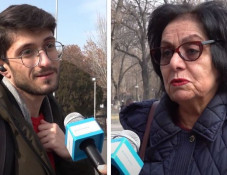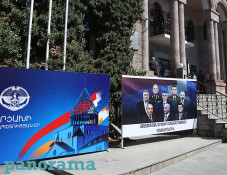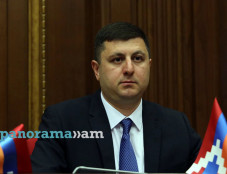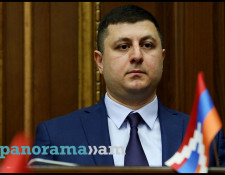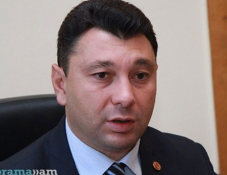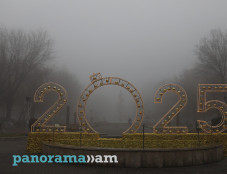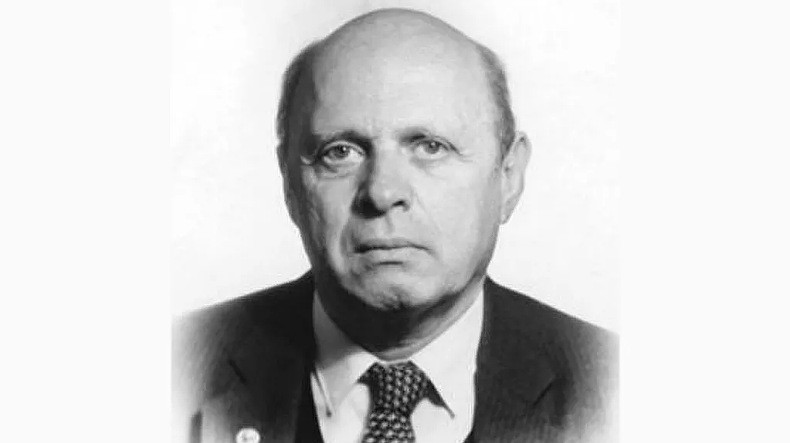
Last physicist involved in creation of Soviet nuclear bomb dies at 101
Isaak Khalatnikov, the Russian Academy of Sciences’ oldest member and the last direct participant in the first Soviet atomic bomb project, has passed away at the age of 101.
The Academy of Sciences confirmed his passing in a statement to Sputnik, the news outlet said.
Born in Soviet Ukraine two years after Russian revolution on 17 October 1919, Khalatnikov graduated from Dnipropetrovsk State University with a degree in theoretical physics in 1941, on the eve of the Great Patriotic War. During the war, he was sent to Moscow for further studies, and simultaneously assigned to an anti-aircraft regiment of the air defence troops.
He enrolled in graduate school at the Moscow-based Institute of Physical Problems in 1944, and went on to work there between 1945-1965, starting out as a junior research assistant and eventually joining the group of physicists led by Dr. Lev Landau working on the Soviet nuclear programme in the late 1940s. During this time, he would work alongside some of the country’s greatest academic minds, including Andrei Sakharov, Igor Kurchatov, Pyotr Kapitsa, and Alexei Abrikosov. He earned his doctorate in 1952.
Khalatnikov’s role in the atomic project included making calculations on processes taking place within several millionths of a second during the explosion of an atomic bomb, with these calculations helping to accurately determine the bomb’s yield. For many years, Soviet research in this area could not be matched even by the creators of the American nuclear programme – the Manhattan Project.
For his pioneering work, Khalatnikov was awarded the Stalin Prize – the highest civilian award in the USSR until 1953.
Newsfeed
Videos






